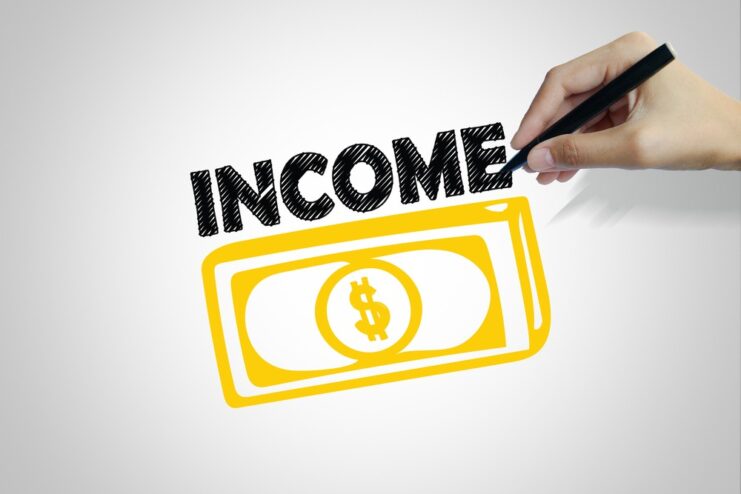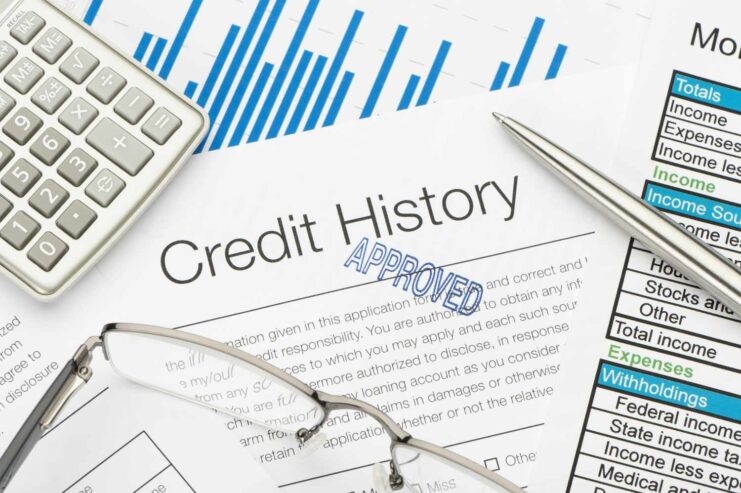Searching for a new home can be stressful, but qualifying for your home loan doesn’t have to add to it. Get organized early and get a jump start on home loan qualification. Doing so can help speed up the closing process once you find a home you love.
Plus, with your pre-approval in hand, you may come across as a more attractive buyer when bidding is competitive. Learn about the documents you’ll need to qualify for a home loan and put your dream home within sight.
1. Proof of Income

The driving force behind your buying power is your income. Gather documentation to prove your earnings from all sources and the earnings of your co-borrower, if applicable. Your lender will need to complete the income verification process before they can determine your borrowing power. To learn more about this process, visit this site.
If you’re an hourly or salaried employee of an organization, you’ll need to get your company-generated documentation. Download or locate copies of your last two years’ W-2 or 1099 forms to show your annual earnings. Get the most recent two to three months’ pay stubs, which will show your most recent earnings.
Gather your last two years of income taxes, too. Generally, you’ll only need to provide the first two pages, so create a separate file alongside the full return. If you’re self-employed or do freelance work, you’ll need that information, too.
Freelancers should have 1099s and their income reported on their taxes. Self-employed individuals may need to provide their business tax returns for the past two years and profit and loss statements.
Include all sources of income earned between you and your co-borrower. If you receive annuity payments, child or spousal support, that counts toward your earned income too. Provide details regarding the income source, set or variable amount, and length of payment to accurately convey your income.
2. Employment History
Similar to your income history, you’ll need to prove your employment to your lender. Your pay stubs are a good start, but you may need more information if your income, employer, or industry has changed.
Ask your employer to provide a letter confirming your employment details like your start date and salary. Your lender may complete this task for you, so give your human resources team a heads-up to expect a call. This is not only the professional move to make but this reassurance can help speed up the process.
3. Identification

Providing proof of identity may be a no-brainer, but there are instances where out-of-date information halts the loan process. Check your driver’s license or government-issued identification to ensure that it’s valid. If your renewal date is approaching, schedule time to complete your renewal so you don’t forget.
Make a copy of your and any co-borrower’s license and save them to your file. You can also use your current passport or Social Security card to confirm your identity. Discuss the specific requirements your loan officer needs, as they may differ depending on your loan type or company policy.
4. Proof of Financial Assets
Confirming that you earn enough income to repay the loan isn’t the only financial box to check. You’ll need to prove that you have adequate financial assets to complete your loan request.
Download copies of the last two to three months of your banking and investment account statements. Any liquid or potentially liquid accounts should be included in this information-gathering effort. While you may not use any or all of these for your down payment, you do need to identify your assets.
5. Down Payment Source
Highlight the source of your down payment by showing which of your accounts contain the funds needed to close. Your loan type and the home’s purchase price and closing costs will determine the amount needed.
Your lender may also have a target amount for you to retain in your accounts after closing. Buying a home shouldn’t clear out all of your assets, so identify this number early so you can plan accordingly.
Document the source of your funds, especially if your account statements show large, random deposits. If you sold an item, got a bonus, or received a gift, you’ll need to explain this to your lender.
You are allowed to receive gift funds for your down payment, but you’ll need a gift letter to prove it. Ask the gift-giver to draft a simple letter stating the amount, which should match the deposit and gift reason. This paper trail properly identifies the money as a gift, not a loan, so your home loan can pass underwriting.
6. Credit History

While your gift fund can help fund your purchase, you’ll still need to prove that you’re a qualified, trustworthy borrower. Your income and available funds will still need to support the loan payment based on certain criteria.
Provide authorization for your lender to pull your credit report, which typically shows your account status within a few months. Credit reporting frequency may vary by institution, so review your report and provide updated loan statements if there are differences.
Your lender will see your payment habits, debt, accounts, and credit age and mix. This data tabulates to identify your credit score, which often determines creditworthiness and your loan rate.
7. Debt Obligations
Your credit report will also outline your monthly debt obligations, which informs lenders of your capacity for monthly payments. Provide details on which debts have an asset, like a car, and those that do not, like student loans. If any loans will be paid off soon, point that out to your lender. There may be benefits to paying it off now, but check with your lender before doing so.
Sometimes paying off a debt can impact your credit score in a negative way for a brief period. You should also avoid applying for new credit while you’re pursuing a home loan, as that could negatively impact your application. New loans will decrease your credit score and change your debt-to-income ratio.
8. Information About Your New Home
Your lender will need to know about your potential new home or your target budget. If you don’t have a home picked out, ask your lender what you could qualify for. Consider how much you’re comfortable paying each month and the other costs associated with home ownership.
Review utility, maintenance, and improvement estimates to land on a number that works for you. Then, see what portion of your monthly home expense is the total mortgage payment, including taxes and insurance.
If you already have a property agreement or a target property, provide this information to your lender. They’ll use it to provide a pre-approval and then can confirm the loan’s clearance once the property assessment is complete. The property assessment will need to support the loan, so keep this in mind when saving for a down payment.
Get Organized Early to Make Closing on Your Home Easy
Lenders dream about clients whose paperwork is ready early, and doing so can earn you more than brownie points. Upload, download, and rename your loan qualification documents and keep them accessible.
Use secure cloud storage that you and your co-borrower can access at any time. Do this as soon as you begin your home search, so you can be ready without scrambling for documentation.
Keep your documentation file updated, as your home search may take months to complete. Refresh the folder with pay stubs, monthly bank statements, and any updates to income or debt. When it’s time to submit documentation to your lender, you’ll be ready and that much closer to your new home.

